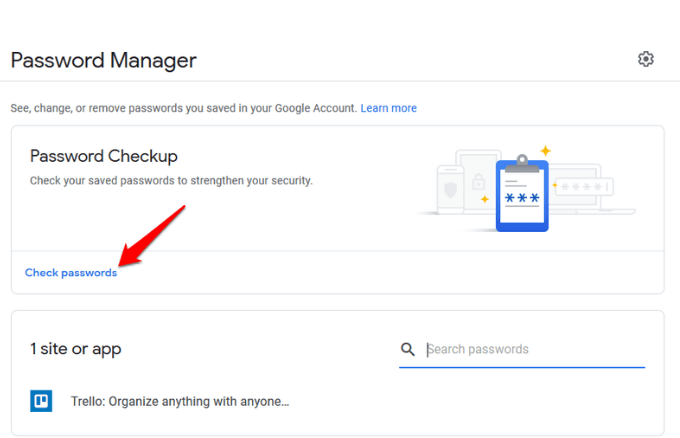

Third-party password managers don’t just remember your existing passwords-they can automatically generate strong new ones when you’re creating an account or changing an existing account’s passwords. If you use a built-in web browser password manager, you can’t mix and match browsers.īeyond that, password managers offer good desktop and mobile applications, making it easy to access passwords, license keys, Wi-Fi codes, and anything else you want to store everywhere. If you use a third-party password manager, you can have your passwords in any browser. Let’s say you use Google Chrome on your PC or Mac and Safari on your iPhone. Built-in browser password managers are limited to that specific browser. Third-party password managers are cross-platform and cross-browser. They are catching up, but they’re not as good yet. Built-in password managers in web browsers aren’t as powerful and useful as third-party password managers. The account it’s synced with-like your Google account in Chrome or your Apple ID in Safari-can be protected with two-step authentication to prevent people from signing in.īut there are some problems. This keeps your accounts secure, as you won’t need to re-use passwords. You can use strong, hard-to-remember passwords because your software is automatically remembering them for you. They can be stored encrypted in the cloud.
:max_bytes(150000):strip_icc()/chromereplaceb-8954b9381da34a318ecbf1a6477bbd4e.jpg)
With no additional software, your web browser can remember all your passwords and securely sync them between your devices. Your web browser’s password manager is better than nothing.
#Chrome password manager how to
RELATED: Why You Should Use a Password Manager, and How to Get Started Your Web Browser’s Password Manager Is Just Okay Still, we recommend skipping the password manager built into your web browser-whether that’s Chrome, Firefox, Safari, or Edge-and using a dedicated password manager. Web browsers have been able to remember your passwords for many years, but their password managers are now getting more sophisticated. The open-source KeePass is okay, too, but it doesn’t have built-in sync features. 1Password, LastPass, Bitwarden, and Dashlane are all reliable, stand-alone password managers.


 0 kommentar(er)
0 kommentar(er)
